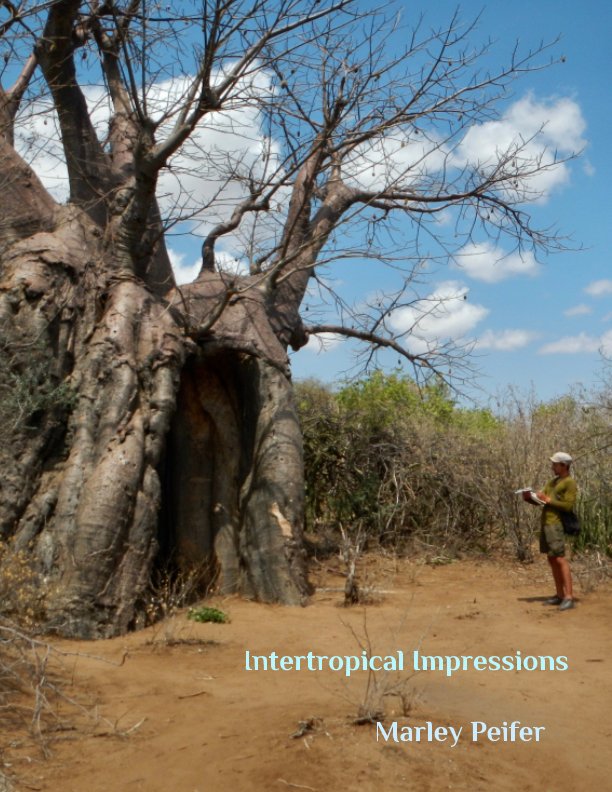A track is a readable mark left by a movement, action, or process. Tracking is the observation of these marks and the attempt to imagine the movements, actions, or processes that created the marks.
Right about now you might be saying, “yeah, yeah. I already know what tracking is; looking at animal footprints. Here goes Marley stating the obvious again.” Well, you might be right. I’m restating the obvious, in the most general and all-inclusive way possible, before making a leap of faith to include plants in our conception of trackable beings. Why not?
Most plants move slower than most animals and their lifeways are considerably different but they still follow patterned growth cycles, respond to stimuli, move towards some things and away from others, they reproduce, and they die. And most importantly for this discussion, they leave behind marks and signs of their actions.
There are several reasons why including plants as trackable subjects is helpful. First of all, it will help us learn more about this foundational kingdom of living beings from a unique perspective. Second, it will help us with our holistic understanding of the ecology and natural history of the area in which we track. Plants are, after all, one of the most important biotic players in the drama of life. Seeing them as engaged actors instead of as immobile, passive furniture can help us better understand what is happening around us. Third, by becoming better plant trackers we will be more able to identify or tune out the “noise” of plant tracks and sign mixed in with animals tracks and sign when we are focused on tracking animals.
In the above photo we can see a plant doing two distinctly trackable things that are important to be aware of. On the left side of the photo we can see actual tracks left by the movement of the plant in the sand. This is a common phenomenon and important to recognize and filter as noise when tracking animals. It can also be an important clue in determining wind patterns, directions, and intensity. In the bottom right of the photo we can see the plant performing what I call “sorting.” The plant is creating an uneven distribution of rabbit scat by it’s physical presence; creating a sort of dam that traps the pellets and accumulates them. This type of sorting pattern is important to understand so that we do not jump to incorrect conclusion about why there is so much scat right next to this plant.
Plants are also very useful substrates for recording information, containing animal sign, or for calculating age of animal sign. The bruising, oxidation, wilting, and callusing of plant tissue can be very useful in estimating age but these processes are also dependent on weather.
Whether you are a wildlife tracker, an avid hunter, or a curious gardener you should learn how to track plants.
Some photos showing trackable phenomena in plants:
 Trees live a long time and they are dying for half of that time. Their woody tissue and predictable growth patterns allow for tracking into deep history (dendrochronology for example)
Trees live a long time and they are dying for half of that time. Their woody tissue and predictable growth patterns allow for tracking into deep history (dendrochronology for example)
 Vegetation can be a very precise substrate for information about animals.
Vegetation can be a very precise substrate for information about animals.
 Small feet-like sticky tendrils left on a painted door by a vine.
Small feet-like sticky tendrils left on a painted door by a vine.


